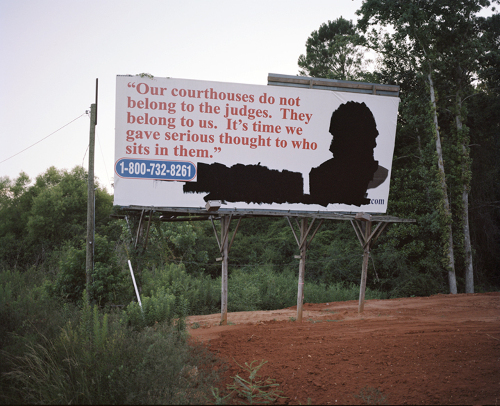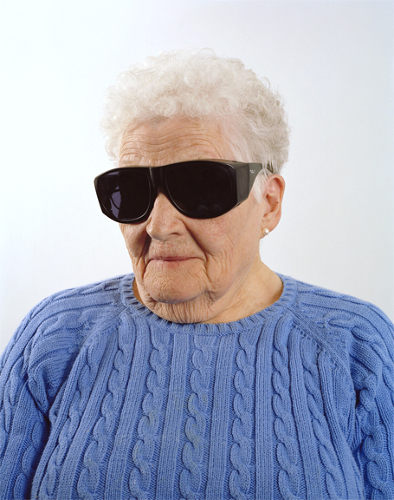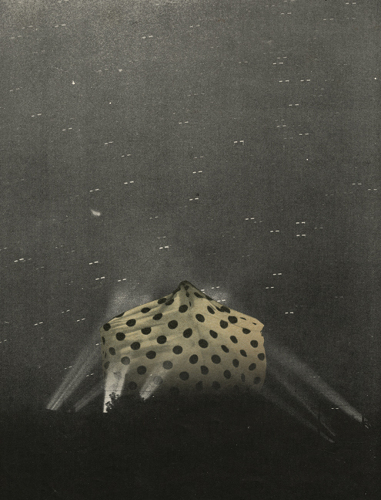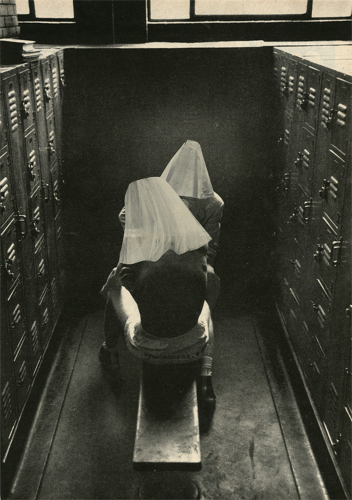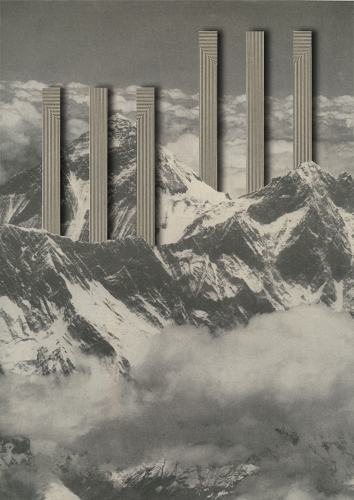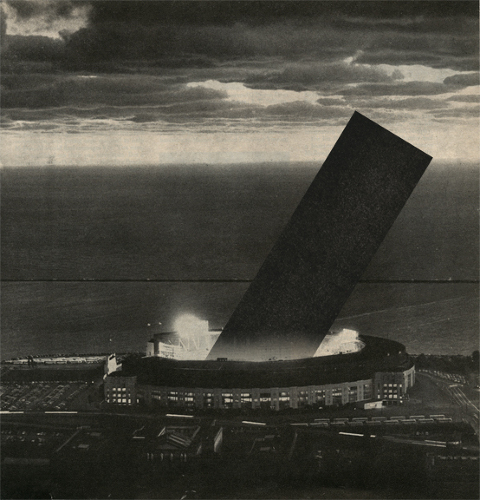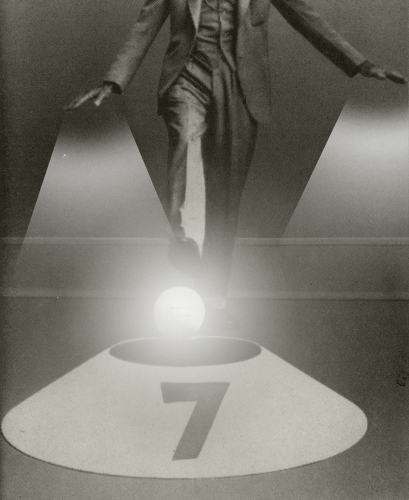A tap-dancing swamp monster sings a sludgy Quaaluded rendition of “I’m On Fire” wringing out every bit of creepiness that song, with it’s ominous cooing big bad wolf, “hey little girl is your daddy home”, has to offer. Like video evidence of something horrific and ritualistic, the performance drones on sleepwalking into a blunt nightmare.
“That's actually a hunting suit,” says artist Justin Plakas, “I was in the mountains of Tennessee, in between Chattanooga and Nashville, embedded in this really rural mountain community. There was an army navy store and they had these, ‘Ghillie’ suits they call them. They had one outside and it was on sale and I wanted to do something with it.”
Remixing, pulling from cultural influences and things happening in and around his studio is central to Plakas’ work. The plasticity of a certain America always in focus, never present, gets chopped up into a metaphysics of the ordinary.
Billboards, golf courses, parking lots, a melting ice cream cone and a store for champions going out business become dividing/divining points between known and unknown realties. This is a secret world concealed behind masks and reams of fabric: a documentation of revelation and suppression. “It allows me to transform my position in the world,” says Plakas, “Its not always me but like a character I’m playing or characters in a story I’m making.”
Plakas’ characters develop opaque narratives from ordinary materials, depriving the viewer of a compass or landmarks. The world shifts on uneasy relationships allowing the strangeness of the everyday to collapse in unknowable metaphors of progress and excess.
In the digital collage series, A Better Tomorrow , the past and present fold over one another. Nostalgia or adolescent memories overlap in a world hidden in coded signs and rules materializing in bizarre and complex ways. We might have an idea about who's under the mask, about what these nostalgic images of our past represent, what their arrangement as graphic art signposts is saying and what the relation of rituals and objects mean but we don't know for sure. This language that's happening with an unknown purpose or strategy across image after image leads you to question what's happening behind everything.
“When I first started going through these old magazines and things I was hunting down, I was pulling these specific patterns out that I felt in some weird way were like, very modern as in they are things I'm seeing re-occurring in the fashion world now. In that way, they're kind of timeless, you know these stripes, these patterns that people seem to be drawn to, kind of in a cycle. I started to think about what makes something modern, what makes something feel vintage or antiquated. The fabric was just something I kept coming back to because fashion is always a good marker of time in some way.”
A Better Tomorrow skirts lines between design and fine art fluctuating between physical and graphic sensibilities. “You have to be careful because you don't want to make something that's just completely eye-candy. You want there to be some ideas behind it.” The twisted fabric overlays and geometric divisions flattened in digital space do create neat and easily accessible images perfect for spreading across the internet but this is part of the trick. These design cues speak the language of the now even as they delve a false past allowing Plakas to exploit our over-literate eyes and sucker us into a larger mythology of shared and sub-conscious social codes: a dream of the modern world called out to dance in the middle of the night.

